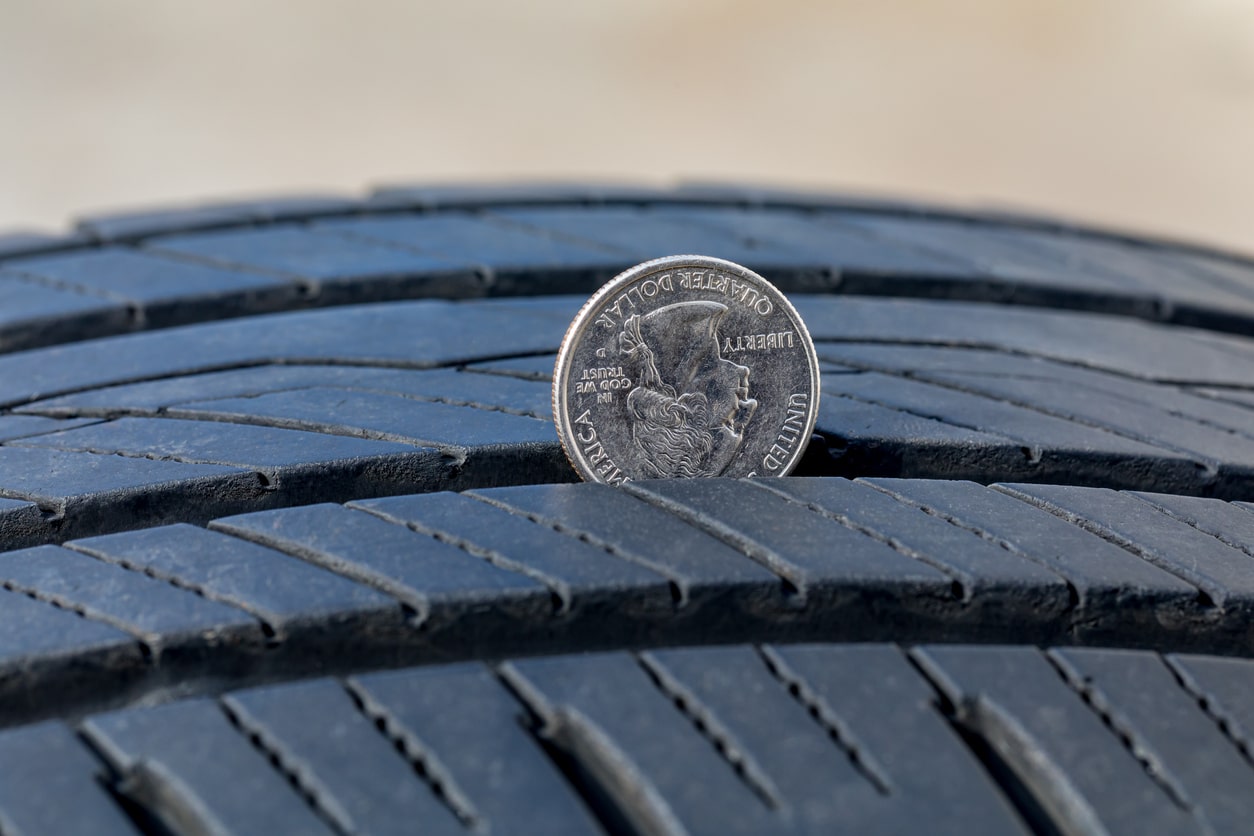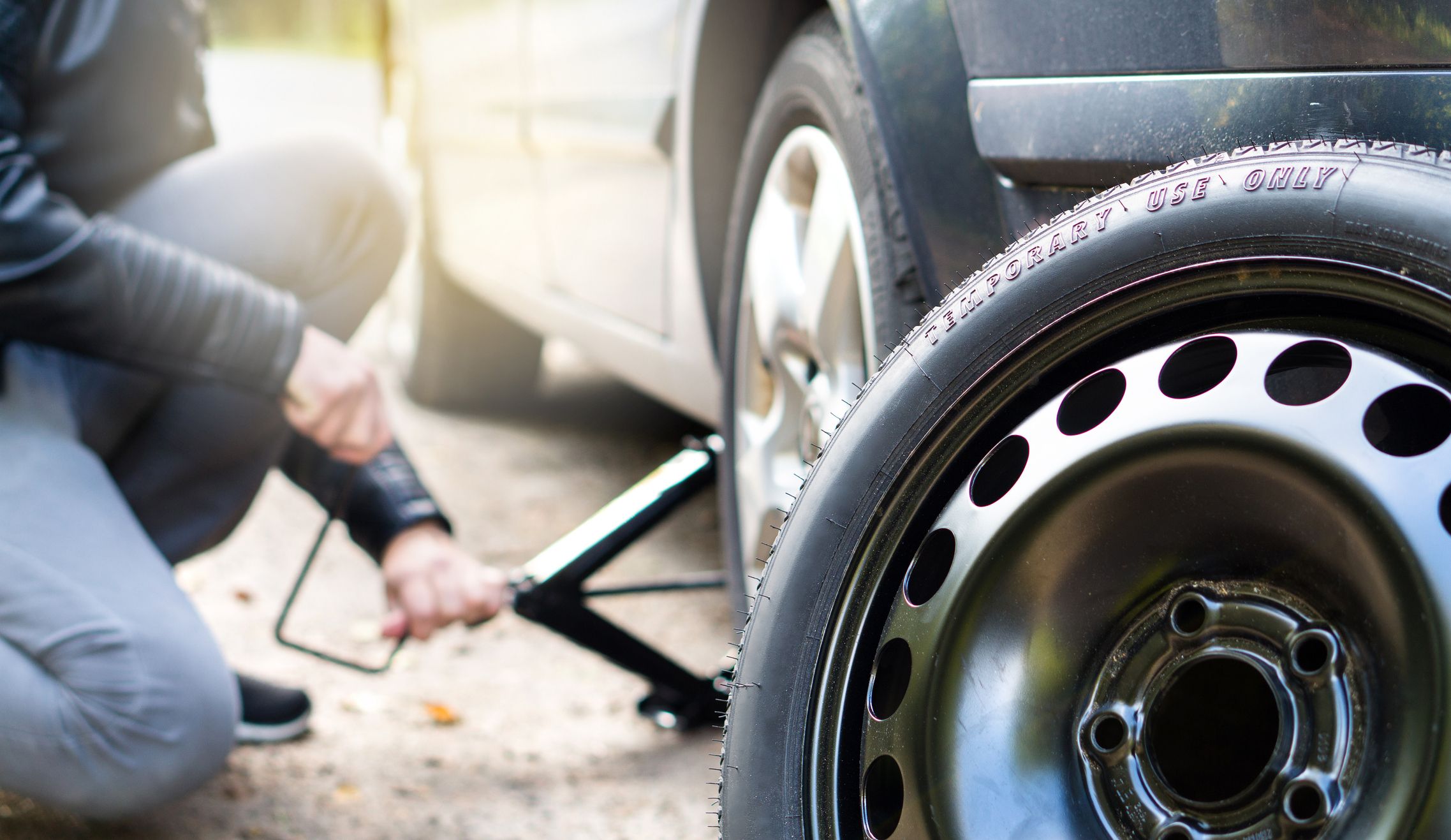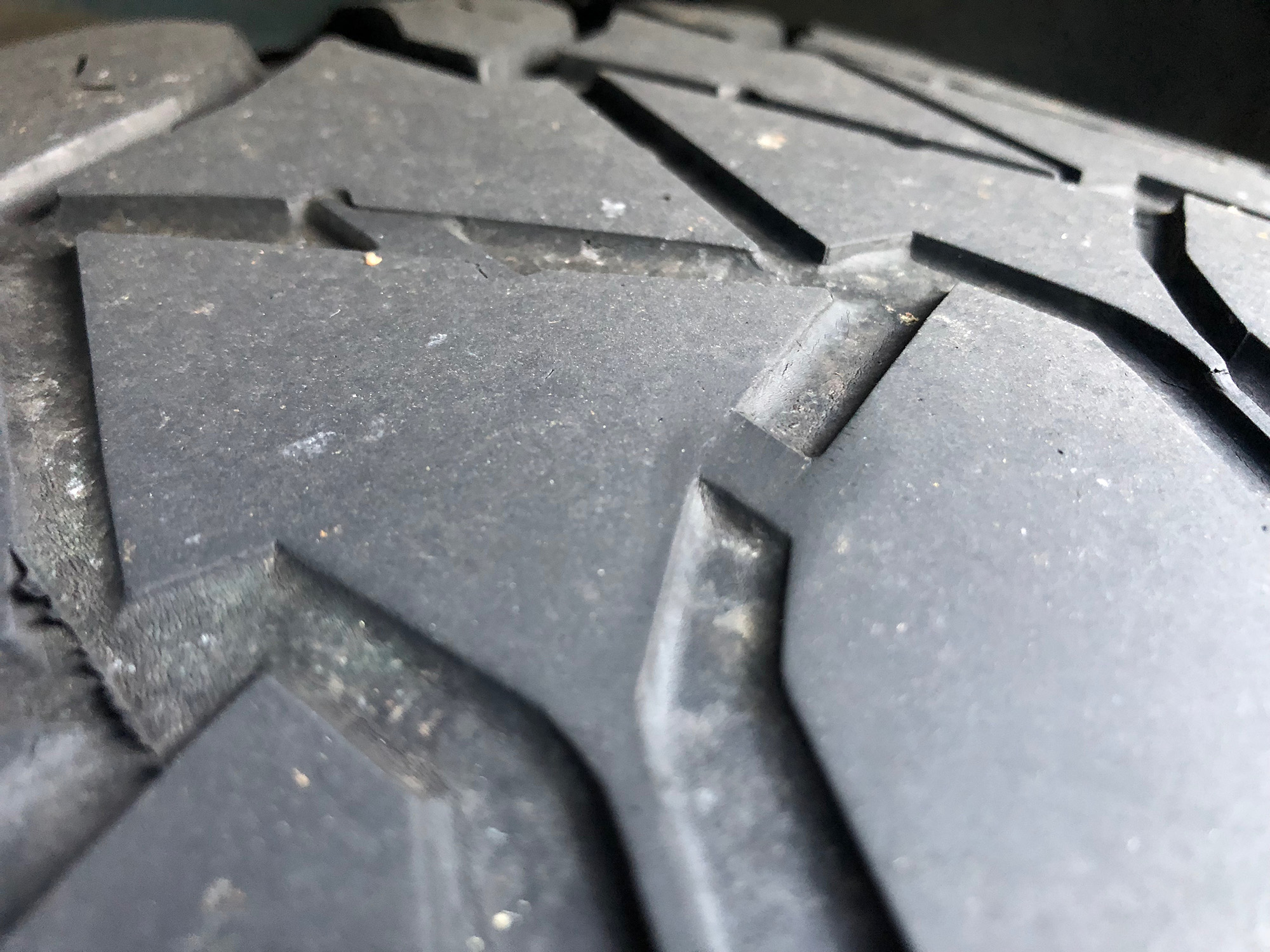Are you uncertain about when to swap out your tires? While the tread depth is often the first concern that comes to mind, it’s not the only indicator of tire health. Tires endure a lot—weather changes, road conditions, and driving habits take their toll over time.
But don’t just rely on a ruler to measure tread; look for the telltale signs that indicate your tires may be past their prime. From bulges and cracks to unusual vibrations while driving, these symptoms can speak volumes about your tires’ condition.
Understanding these warning signs can help you avoid dangerous situations on the road and ensure a smoother, safer ride. So, let’s dive into the crucial indicators that your tires might need a change, beyond just a glance at the tread!
Understanding Tire Wear: Beyond the Tread Depth

Understanding tire wear involves much more than just glancing at tread depth; it’s about deciphering a mix of indicators that reveal the tire\’s true health. First, consider the pattern of wear: uneven patches can signal misalignment or improper inflation, while cupping may hint at suspension issues.
Pay attention to sidewall damage; deep cuts or bulges can compromise integrity far beyond tread decay. Additionally, the age of the tire is a silent yet critical factor—rubber deteriorates over time, regardless of how much tread is left.
Even the climate where you drive plays a role; extreme heat or cold can accelerate wear. So, while tread depth is a crucial metric, the overall condition of your tires tells a more complicated story that deserves your attention.
Key Signs That Indicate Its Time for a Tire Change

Knowing when to change your tires goes beyond just checking the tread depth. First and foremost, look for visible cracks or bulges on the tire sidewalls; these can indicate underlying issues that threaten your safety.
Uneven wear patterns can signal misalignment or improper inflation, hinting that your tires are working overtime and may soon give out. Additionally, if you experience frequent vibrations or notice increased road noise, your tires may be battling problems that a simple rotation won’t fix.
Finally, the age of your tires matters too—if they are over six years old, its wise to consider a change, regardless of their appearance. By keeping an eye out for these signs, you can avoid dangerous situations and ensure a smoother ride.
Sidewall Damage: Cracks and Bulges

Sidewall damage can spell trouble for your tires, often manifesting as cracks or bulges that could jeopardize your safety on the road. A crack might appear simply as a tiny fissure, hinting at deeper structural issues, while a bulge can be a dangerous sign of a weakening tire that may suddenly fail.
These flaws arent just cosmetic; they indicate that the tire’s integrity is compromised. If you spot any irregularities, its crucial to investigate further—ignoring them can lead to blowouts or mishaps when you least expect it.
Regularly inspecting your tires, especially after hitting potholes or curbs, can keep you one step ahead and ensure you’re not caught in a precarious situation. Your vehicles performance and your safety hinge on keeping these watchful eyes on your tires.
Conclusion
In conclusion, understanding when to change your tires goes beyond merely checking tread depth; it requires an awareness of various indicators that signal the need for replacement. Regularly inspecting your tires for signs of wear, such as cracks, bulges, or uneven wear patterns, ensures that you maintain optimal safety and performance on the road.
Additionally, just as you would seek a foundation crack repair contractor to address structural issues in your home, taking proactive measures to monitor your tires can prevent potentially dangerous situations. By staying vigilant and addressing tire issues promptly, you can extend the life of your tires and enjoy a safer driving experience.


